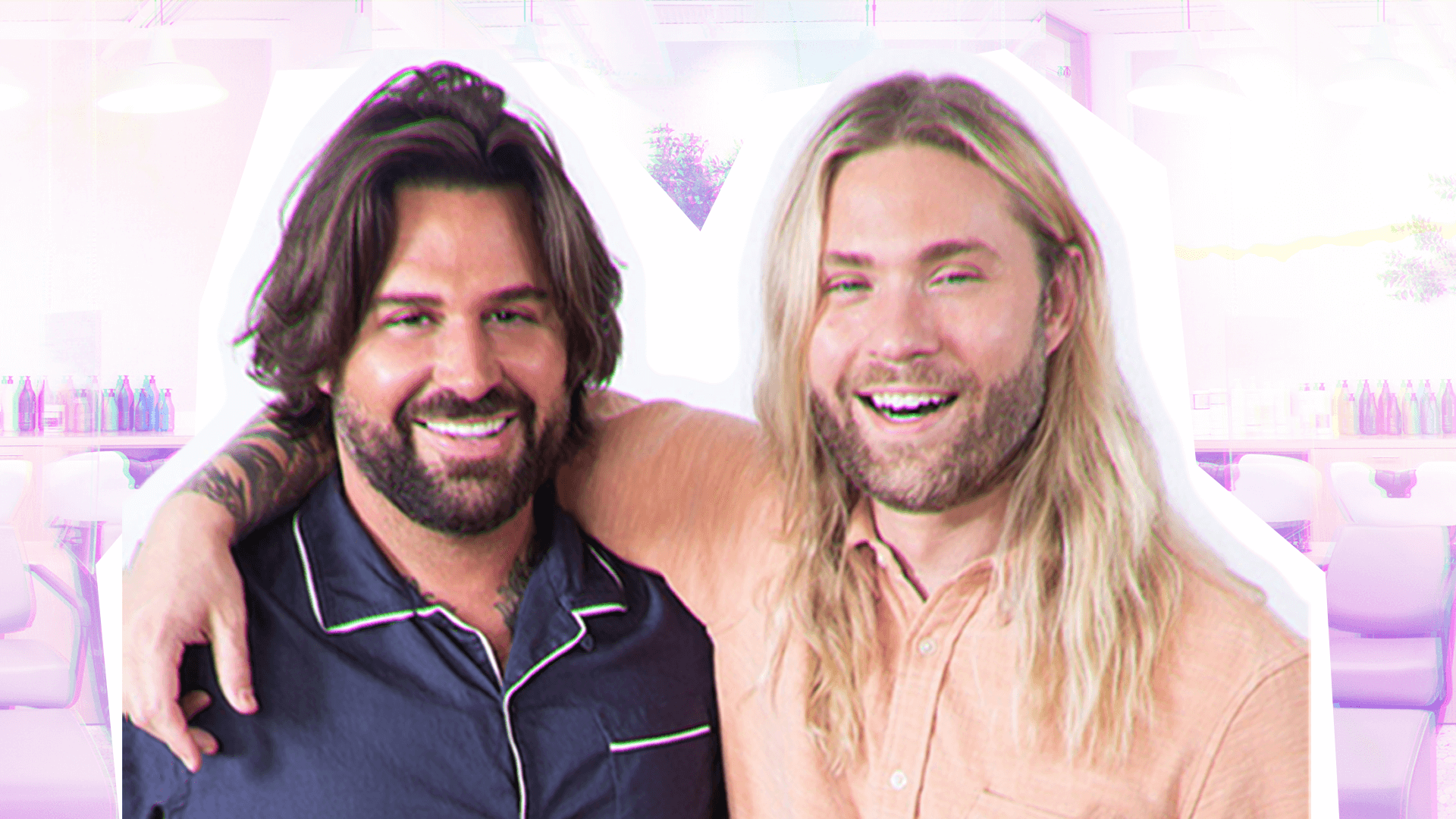SPONSORED
By Mark DeBolt, Mark Ryan Salon
In late June, we opened our doors to the new Mark Ryan Salon. Ryan and I were both proud and very excited to welcome our clients of many years into our new “oasis in the city.” These reunions were sweet and joyous as we greeted friends, having spent months away from them.
Upon reconnecting, it felt natural to ask clients how the past few months had been for them. In most instances, their faces would change, their eyes would soften and most would pause as they mentally recalled the vast array of emotions that we all felt during those months. Our experience in opening Mark Ryan Salon mirrored their feelings exactly: both bitter and sweet.
We live and work in NYC, which became the American epiccenter for the Coronavirus pandemic. As the virus tore through our city, we watched businesses close and our healthcare system become overwhelmed. We didn’t know if we would open and, if so, how we would find the materials and PPE we needed to do so. We lost sleep as we confronted the fear that our dream of owning our own salon might have been just that.
From the beginning, we knew we could offer a better experience for guests and our salon team. Culture is what makes a salon successful, and the connection between team members is what defines this success.
I’m a huge fan of Brené Brown’s research and writing, and within her famed book, Daring Greatly, she proclaims “…connection is why we’re here. It’s what gives purpose and meaning to our lives. This is what it’s all about.” We implemented this philosophy in creating a salon for those who live life beautifully, including our salon guests and team members. Covid gave us an even greater opportunity to put this into practice.
One of the greatest silver linings from our months at home was the additional time we had to read books, watch TED talks and listen to podcasts to develop these ideas further. We spent more time studying workplace culture, management and positive psychology. We gleaned from Kim Scott that kickass managers found the sweet spot between caring for someone personally and challenging them directly. From Shawn Achor, we learned that we can use our brain to change how we process the world and, in turn, how we react to it.
We took these findings and scheduled regular 1:1 meetings with our team members. We also hosted Zoom trainings on topics like social media and the sexy science of hair color. Thankfully, our retail partners were more than happy to offer training on the products we would use and sell. We also conducted a training with Green Circle, a company that helps us recycle and repurpose 95% of our salon-specific waste. We didn’t realize it at the time, but throughout these meetings, phone calls and emails, we began to weave a new thread of teamwork and culture.
Even still, we faced the barrier of creating trust with our salon clients –– both as a new salon and a salon living through COVID-19. It was one of the largest obstacles we had to overcome. We couldn’t trade the trust clients had with other marquee name salons in NYC. Instead, we discovered the secret was working just a little bit harder to create, implement and craft language around our COVID-19 policies and procedures.
We made safety our most important team project and had our team members attend several trainings on our new safety precautions and business operations. We also held a special training with our front desk to discuss their responsibilities beyond answering the phone and taking payment. Now, they would have to conduct health screenings and act as the business’s most important mouthpiece, informing clients of the steps we’ve taken to make their visit safe. We even created a code word that everyone could use to deploy our manager and wrangle anyone who was uncomfortable.
Throughout this experience, something miraculous happened. We formed our team and found an incredible workflow. The shared fears and anxiety of going back to work heightened trust, amplified cooperation and accelerated breakthroughs among our crew.
In discussing workflow in “Stealing Fire,” Steven Kolter and Jamie Wheal write about this connectivity between groups as creating “more capacity, resilience, innovation and creativity in all of us collectively than in any of us alone.” After reading, we wondered if we could have achieved this closeness among team members without living through this war together.
As I write this, we are stepping into September –– when many New Yorkers return home after their summers by the beach or pool looking forward to sending their children back to school. I, like most New Yorkers, have mixed feelings about these new beginnings, including optimism tempered with anxiety and fear.
Whatever the future holds, I hope it includes more opportunities for our staff and our community to come together with increased connectivity and creativity. Above all else, I hope we can all experience anew the joy that we feel from making someone feel beautiful.

